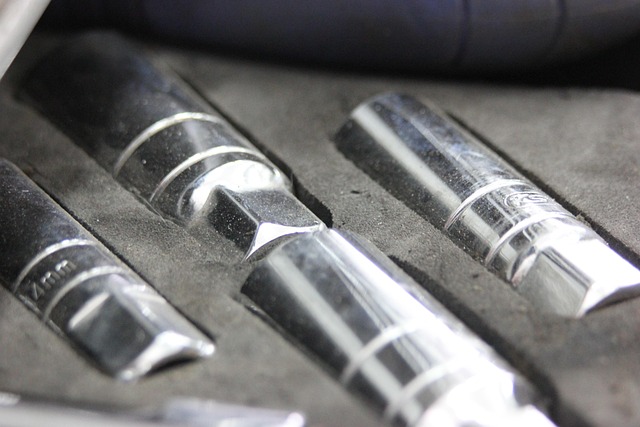The claim approval process for auto repairs involves reporting damage, assessment, coverage verification, and settlement. Delays stem from factors like complex repairs, missing info, parts availability, and communication issues. Proactive policyholders can speed up the claim approval timeline by providing prompt documentation, staying informed, and direct communication with insurers. Efficient claims management, digital systems, and clear coordination reduce delays in vehicle repair processes.
Understanding the claim approval timeline is crucial for anyone navigating the complexities of insurance claims. This article delves into the dynamics of the claim approval process, exploring common factors contributing to delays and offering strategic insights for efficient claims management. By understanding these elements, policyholders can better anticipate potential timelines, advocate for their rights, and streamline the overall process.
- Understanding Claim Approval Process Dynamics
- Common Factors Contributing to Delays
- Strategies for Efficient Claims Management
Understanding Claim Approval Process Dynamics

The claim approval process is a dynamic journey that involves several intricate steps to ensure fairness and accuracy. When it comes to auto glass replacement, car paint services, or auto glass repair claims, understanding the timeline is key. Every insurance company has its own internal procedures and protocols dictating how quickly a claim can be approved. This process typically begins with the initial report of damage, followed by an assessment, verification of coverage, and finally, settlement or denial.
Delays in approval can occur for various reasons, such as missing documentation, complex repair estimates, or pending approvals from specialized teams. It’s crucial for policyholders to stay informed about their claim’s status, provide all necessary information promptly, and communicate any issues directly with their insurance provider. Being proactive and understanding the dynamics of this process can significantly impact the overall timeline and ensure a smoother experience during what can often be a stressful situation.
Common Factors Contributing to Delays

Delays in claim approval can be frustrating for policyholders seeking compensation after an accident. Several common factors contribute to these delays, which can range from administrative hiccups to more complex issues. One significant cause is often the extent of damage, especially in cases involving collision repair or frame straightening. If a vehicle requires extensive dent repair or structural adjustments, insurance companies may need additional time to assess and verify the work, ensuring it meets their standards.
Another factor is communication and coordination among various parties involved in the claim process, including policyholders, repair facilities, and insurance providers. Miscommunication or delays in sharing essential information can hinder progress, especially when dealing with specialized procedures like frame straightening. Additionally, weather conditions and unforeseen circumstances, such as parts availability or labor shortages, may also impact the timeline, potentially causing further delays in getting claims approved.
Strategies for Efficient Claims Management

Efficient claims management is key to minimizing delays and stress for all parties involved, especially when dealing with repairs like vehicle paint repair or car scratch repair. To keep your claim approval timeline on track, consider implementing proactive strategies from the outset. Firstly, ensure clear communication between the claimant, insurance provider, and repair shop. Timely updates and straightforward information exchange can prevent misunderstandings and expedite the process.
Additionally, documentation is vital. Keeping detailed records of damage, repair estimates, and progress notes facilitates smoother claims processing, particularly for complex cases like Mercedes-Benz repairs. Utilizing digital systems for tracking claims can also enhance transparency and speed up approvals. By adopting these strategies, you empower yourself to navigate the claim approval timeline with greater confidence and efficiency.
Understanding the claim approval timeline is crucial for efficient claims management. By identifying common delay factors and implementing strategic solutions, businesses can streamline their processes, reduce wait times, and enhance overall satisfaction for both stakeholders and claimants. Remember that proactive navigation of these dynamics is key to a seamless experience in the world of claims handling.














